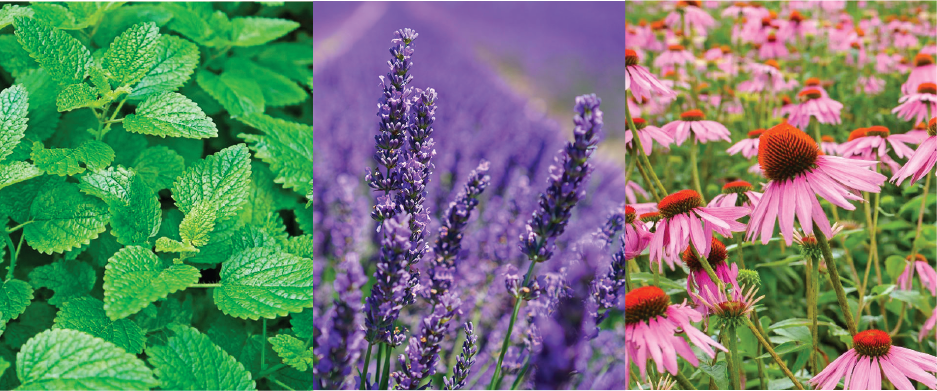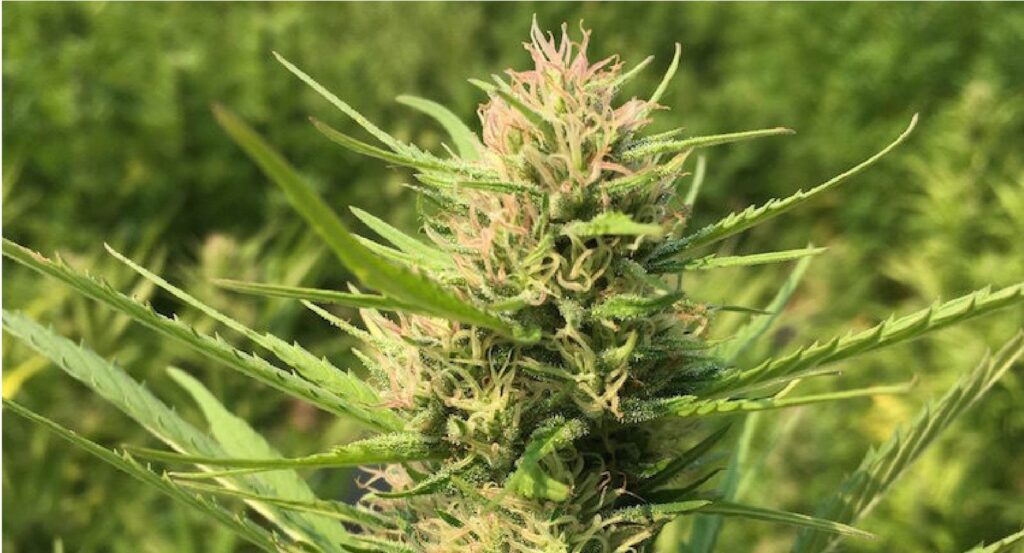
Across the U.S., dogs are cherished as true family members—showered with holiday gifts, dressed in adorable outfits, and even celebrated with birthday parties. And just like any loved one, their health and well-being are a top priority. As more pet owners look for natural ways to support their furry companions, CBD is emerging as a promising option for a variety of health concerns.









